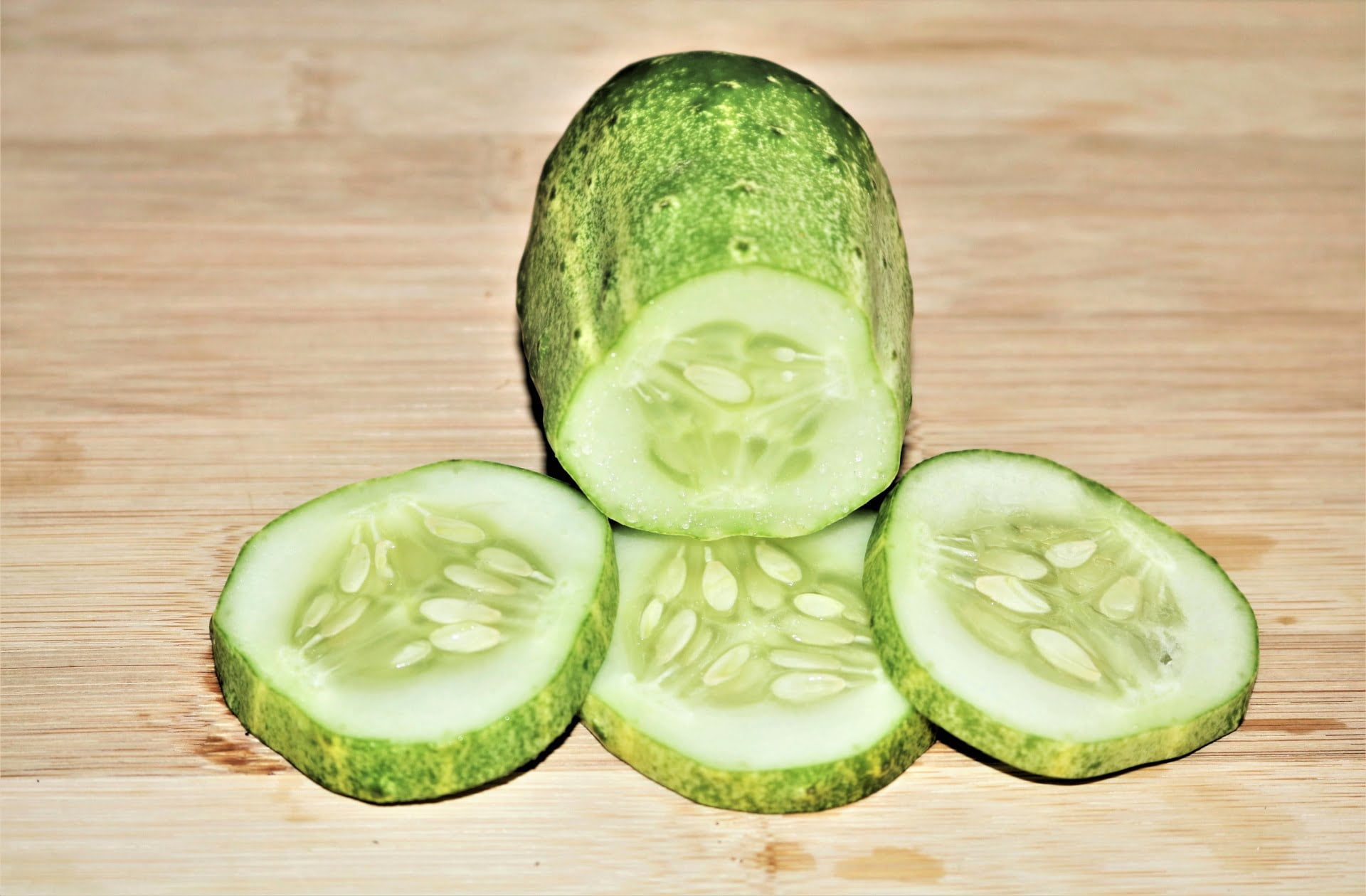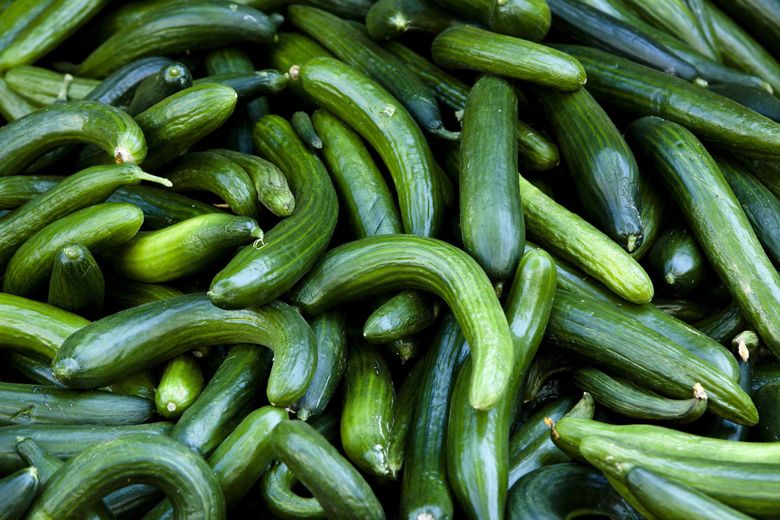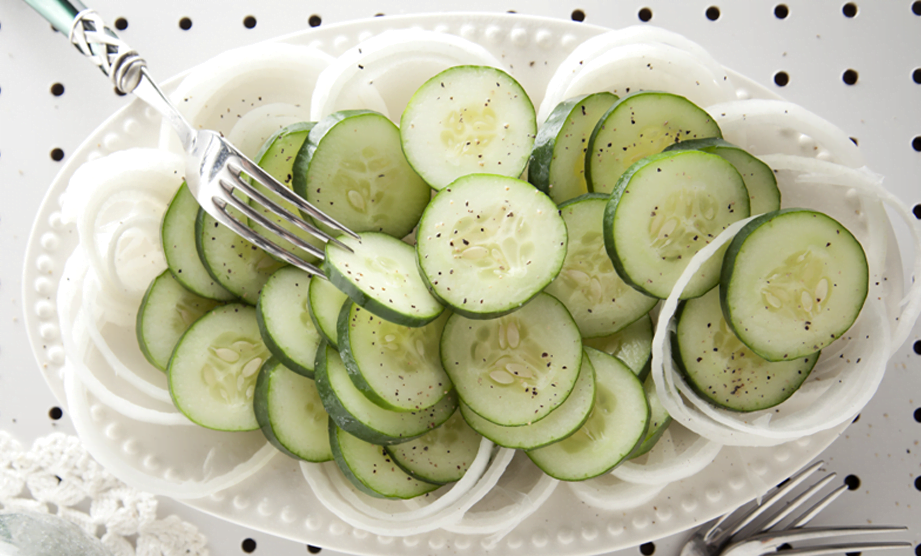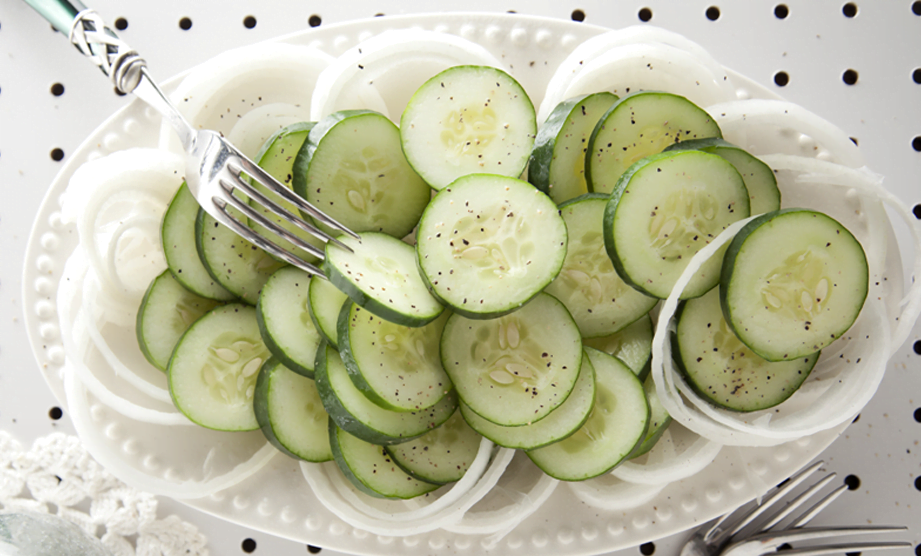Cucumbers are a summer staple for many people, adding a refreshing crunch to salads, sandwiches, and even chilled soups. But have you ever wondered when exactly cucumber season is? It’s a question that vegetable lovers often ask, as they eagerly await the moment when cucumbers are at their peak of flavor and abundance. In this article, we will explore the timeline of cucumber season, discussing the best months to find fresh, locally grown cucumbers that will make your taste buds sing with delight. So, if you’re ready to embark on a journey into the world of cucumbers, buckle up and get ready to learn all about the ideal time to enjoy these crisp and cool veggies!

Cucumber Varieties
Cucumbers are a versatile vegetable that comes in several different varieties, each with its own unique characteristics. Here are five popular cucumber varieties:
Common Cucumber
The common cucumber, also known as slicing cucumber, is the most widely available variety. It is typically larger in size and has a thick skin that can be eaten or discarded. Common cucumbers are usually eaten raw in salads or used as a refreshing snack.
Pickling Cucumber
Pickling cucumbers are smaller in size and have a bumpy skin. As the name suggests, they are primarily used for pickling due to their firmness. These cucumbers are often brined or preserved in vinegar to create the tangy and crisp pickles enjoyed in sandwiches and salads.
English Cucumber
English cucumbers, also called European or hothouse cucumbers, have a long and slender shape. Unlike other varieties, they have a thin skin that does not require peeling. The flesh of English cucumbers is crisp and has a mild flavor, making them great for slicing and adding to sandwiches or cucumber salads.
Kirby Cucumber
Kirby cucumbers are small cucumbers that are specifically bred for pickling. They have a spiny skin and a crunchy texture, making them ideal for achieving that classic pickle crunch. These cucumbers are commonly used in homemade pickles or as a garnish for dishes.
Persian Cucumber
Persian cucumbers are small, crisp, and seedless cucumbers with a thin skin that is tender and edible. They are sweeter and less bitter compared to some other varieties. Persian cucumbers are often used in salads, dips, or enjoyed as a healthy snack.
Factors Affecting Cucumber Season
The cucumber season and availability of fresh cucumbers can be influenced by various factors. Understanding these factors can help you determine when cucumbers are in season in your region.
Climate
Cucumbers thrive in warm temperatures, typically between 70°F to 95°F (21°C to 35°C). They require plenty of sunlight and warm soil to grow properly. In cooler climates, cucumbers are often grown in greenhouses or tunnels to provide the optimal conditions for growth.
Geographical Location
Cucumber season can vary depending on the geographical location. Regions with longer and warmer summers tend to have a longer cucumber season. Coastal areas with milder climates may also have an extended growing period.
Cultivation Practices
The cultivation practices employed by farmers or gardeners can impact the cucumber season. Factors such as the use of row covers, irrigation systems, and pest management techniques can affect the yield and quality of cucumbers. Proper care and maintenance can extend the cucumber season and keep the plants healthy.
Greenhouse Production
Greenhouse production allows growers to have a controlled environment, enabling them to cultivate cucumbers throughout the year. By regulating temperature, humidity, and other environmental factors, growers can mimic the ideal growing conditions and extend the cucumber season beyond the natural growing season.

Cucumber Seasonality in Different Regions
Cucumber season can vary across different regions of the world due to variations in climate, growing conditions, and farming practices. Let’s take a look at cucumber seasonality in various regions:
North America
In North America, cucumber season typically begins in late spring or early summer when the temperatures start to warm up. The season lasts until early fall, depending on the specific region. Some areas may have a shorter growing season due to colder climates, while others with milder weather can enjoy fresh cucumbers well into autumn.
Europe
In Europe, cucumber season generally starts in late spring and lasts through the summer months. The season can vary slightly depending on the country and climate zone. In warmer regions, cucumbers may be available for a longer period, while cooler areas may have a shorter season.
Asia
Cucumbers have been grown in Asia for thousands of years, and the region boasts a rich diversity of cucumber varieties. The cucumber season in Asia typically begins in spring and extends into summer. However, with the use of advanced farming techniques and greenhouses, fresh cucumbers are available almost year-round in many Asian countries.
Australia
In Australia, cucumber season aligns with the country’s summer months. The season starts in late spring and continues through summer, allowing Australians to enjoy fresh cucumbers during their warmest time of the year. The southern regions of Australia may have a slightly shorter cucumber season compared to the northern parts due to differences in climate.
South America
Cucumber season in South America varies depending on the specific country and region. In general, the season aligns with the summer months, offering fresh cucumbers during the warmer period of the year. Countries with tropical climates may have a more extended cucumber season compared to those in colder or higher-altitude regions.
Cucumber Harvesting Time
Cucumber harvesting time depends on the variety and the desired stage of maturity. Here are the different stages of cucumber harvesting:
Early Season
During the early season, cucumbers are usually harvested when they are small and tender. This is when they have a crisp texture and mild flavor. Harvesting cucumbers at this stage is preferred for dishes where a more delicate cucumber taste is desired.
Mid-Season
The mid-season is when cucumbers reach their peak size and flavor. They are often harvested when they are firm, crisp, and have a refreshing flavor. Cucumbers at this stage are perfect for salads, sandwiches, or eating raw as a healthy snack.
Late Season
Towards the end of the cucumber season, cucumbers may become larger, and their flavor might become slightly bitter. Some gardeners allow cucumbers to reach this stage to collect mature seeds for future planting. However, for consumption, it is generally recommended to harvest cucumbers earlier to ensure optimal taste and texture.
Availability of Cucumbers throughout the Year
Thanks to advancements in transportation and modern farming practices, fresh cucumbers are available year-round in most regions. However, it’s important to note that during the off-season, when local harvests are limited or unavailable, cucumbers may need to be imported from other regions or countries, increasing their cost and environmental footprint.
Off-Season Cucumber Availability
During the off-season, when local cucumber production decreases, supermarkets and grocery stores often rely on imports from warmer regions to meet the demand. Imported cucumbers may come from countries such as Mexico, Spain, or the United States, where the growing season aligns with the off-season in other regions. However, it’s worth noting that imported cucumbers might not be as fresh as locally grown ones and may have traveled long distances, impacting their taste and texture.
Imported Cucumbers
Imported cucumbers play a significant role in meeting the demand for fresh cucumbers year-round. Let’s take a look at some common cucumber imports and their availability period:
Cucumber Imports and Their Availability Period
Mexican Cucumbers: Mexico is one of the largest cucumber exporters, providing cucumbers to various regions during their off-season. Mexican cucumbers are typically available from late fall to early spring.
Spanish Cucumbers: Spain is another major supplier of cucumbers, offering a wide variety of cucumber types. Spanish cucumbers are available for import during the winter months when local cucumber production is limited in some regions.
American Cucumbers: The United States is known for its cucumber production, and certain regions can provide fresh cucumbers during fall and early winter, meeting the demand when local harvests decline.
It’s important to keep in mind that the availability and import period may vary from year to year and depend on factors such as weather conditions, market demand, and trade agreements.

Seasonal Cucumber Recipes
Cucumbers are incredibly versatile and can be used in various dishes. Here are some delicious cucumber recipes to try during the cucumber season:
Refreshing Cucumber Salad
A classic cucumber salad is a perfect side dish for a summer barbecue or picnic. Simply slice fresh cucumbers and toss them with thinly sliced red onions, a splash of vinegar, olive oil, salt, and pepper. You can also add herbs like dill or parsley for added freshness.
Cucumber Water
Cucumber water is a refreshing and hydrating drink that can be enjoyed throughout the year. Simply slice cucumbers and add them to a jug of water along with some fresh mint leaves or citrus slices. Let it infuse in the refrigerator for a few hours, and you’ll have a refreshing drink that’s perfect for staying hydrated.
Greek Tzatziki Sauce
Tzatziki is a traditional Greek sauce that combines cucumbers, yogurt, garlic, and herbs. It can be used as a dip for vegetables, a sauce for grilled meats, or a spread for sandwiches. Grate cucumbers and squeeze out excess moisture, then mix them with Greek yogurt, minced garlic, lemon juice, and chopped dill. Add a pinch of salt and pepper to taste.
Cold Cucumber Soup
On a hot summer day, a cool and refreshing cucumber soup can be a delightful treat. Blend cucumbers with yogurt, lemon juice, garlic, and a handful of fresh herbs like mint or basil. Season with salt and pepper, and chill in the refrigerator before serving. This chilled soup is a perfect appetizer or light lunch option.
Storage and Preservation of Cucumbers
To make the most of the cucumber season and ensure you can enjoy fresh cucumbers for a longer period, it’s essential to store and preserve them properly. Here are some effective techniques:
Proper Storage Techniques
Fresh cucumbers should be stored in the refrigerator to maintain their crispness and extend their shelf life. Place them in a perforated plastic bag or wrap them loosely in a paper towel to help absorb excess moisture. Proper storage can keep cucumbers fresh for up to a week or longer.
Preservation Methods
If you have an abundant cucumber harvest or want to enjoy cucumbers during the off-season, preservation methods can come in handy. Pickling cucumbers is a popular way to preserve them for an extended period. You can make homemade pickles by brining cucumbers in vinegar, water, salt, and spices. Cucumbers can also be sliced or grated and frozen for later use in soups, stews, or smoothies.
Benefits of Eating Cucumbers
Apart from their refreshing taste and culinary versatility, cucumbers offer several health benefits. Here are some reasons to include cucumbers in your diet:
Hydration and Detoxification
Cucumbers are over 95% water, making them an excellent choice for staying hydrated. Eating cucumbers can also help flush out toxins from the body, thanks to their high water and fiber content.
Nutritional Value
Cucumbers are low in calories but rich in essential nutrients. They are a good source of vitamins C and K, as well as minerals like potassium and magnesium. Including cucumbers in your diet can help meet your daily nutrient needs.
Skin Benefits
Cucumbers are often associated with skincare due to their hydrating and cooling properties. They can help soothe sunburned skin, reduce puffiness around the eyes, and hydrate dry skin. Some skincare products even utilize cucumber extracts for their beneficial properties.
Cucumber-themed Events and Festivals
Cucumbers have inspired various events and festivals around the world, celebrating the versatile vegetable. Here are a few cucumber-themed events and festivals worth noting:
Cucumber Festivals
Great British Cucumber Festival: Taking place in London, England, this festival celebrates the cucumber with live music, food stalls, and activities for all ages. Visitors can enjoy cucumber-themed dishes and beverages while learning about the history and significance of cucumbers in British cuisine.
World Cucumber Day: Celebrated on June 14th, this global event acknowledges the cucumber’s refreshing qualities and encourages people to enjoy and appreciate the vegetable. Restaurants and bars often participate by offering cucumber-inspired cocktails or special cucumber dishes.
Cucumber Contests
Longest Cucumber Contest: Held at various agricultural fairs and community events, this contest challenges participants to grow the longest cucumber. Gardeners showcase their green thumbs and compete for the title of “Longest Cucumber Grower.”
Cucumber Eating Contest: This fun and sometimes messy contest tests participants’ cucumber-eating skills. Contestants try to consume the most cucumbers within a specified time limit, often resulting in exciting and entertaining moments.
These events and contests bring communities together and celebrate the humble cucumber in all its glory, showcasing its versatility and importance in various cultures.
In conclusion, cucumbers are a beloved vegetable with a rich variety of types and flavors. Their seasonality can vary depending on factors such as climate, geographical location, and cultivation practices. Whether enjoyed fresh during the peak season or preserved for later use, cucumbers offer numerous culinary and health benefits. So, the next time you reach for a cucumber, remember to appreciate its versatility, hydrating properties, and the joy it brings to salads, sandwiches, and refreshing beverages.



